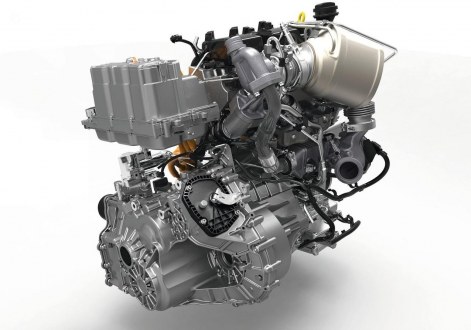P0300 Engine Error Code
When you check engine light came on code P0300 the reason should be Engine Light ON (or Service Engine Soon Warning Light). However your vehicle's manufacturer may have a different definition for the P0300 OBD-II Diagnostic Powertrain (P) Trouble Code. So you should chech it on your car models.
P0300 Code Symptoms

|
P0300 OBD 2 code on vehicles with electronically controlled automatic transmissions, the 3-4 shift solenoid is responsible for actuating the hydraulic circuits to activate clutches or bands that change gears inside the automatic transmission. |
Air Conditioning Pressure Sensor (ACP) Insufficient Pressure Change Each time the A/C clutch engages, the PCM is looking for a pressure change in the refrigerant. If the change in pressure is outside of the calibration the DTC will set. A/C system mechanical failure Open ACP or VREF circuit A/C sensor damaged A/C system electrical failure A/C clutch always engaged Verify A/C system function, including refrigerant charge.
P0300 OBD-II Diagnostic Powertrain (P) Trouble Code DescriptionP0300 OBD-II Trouble Code When a misfire occurs, engine speed will fluctuate. If the engine speed fluctuates enough to cause the Crankshaft Position (CKP) sensor signal to vary, the Engine Control Module (P0300 Code Review :The reason of P0300 OBD-II Engine Error Code is P0300 Cylinder Misfire Detected Random Cylinders. |
P0300 Code Dictionary Meaning:

|
-
0 - SAE - Generic 3 - IC Module 4X Ref Circuit Intermittent, No Pulses 0 - Air Conditioning (A/C) Clutch Feedback Circuit High Voltage 0 - Transmission Engaged At High Throttle Angle |
How long can you drive with a P0300 code ?
If your vehicle is displaying a P0300 OBD2 error code but is still running and driving normally, it means that the issue might not be immediately critical or causing immediate harm to the vehicle. However, it's important to address the issue as soon as possible for several reasons:
- Potential for Worsening
- Decreased Fuel Efficiency
- Emissions Testing Compliance
- Risk of Further Damage
- Safety Concerns
- Legal Considerations

